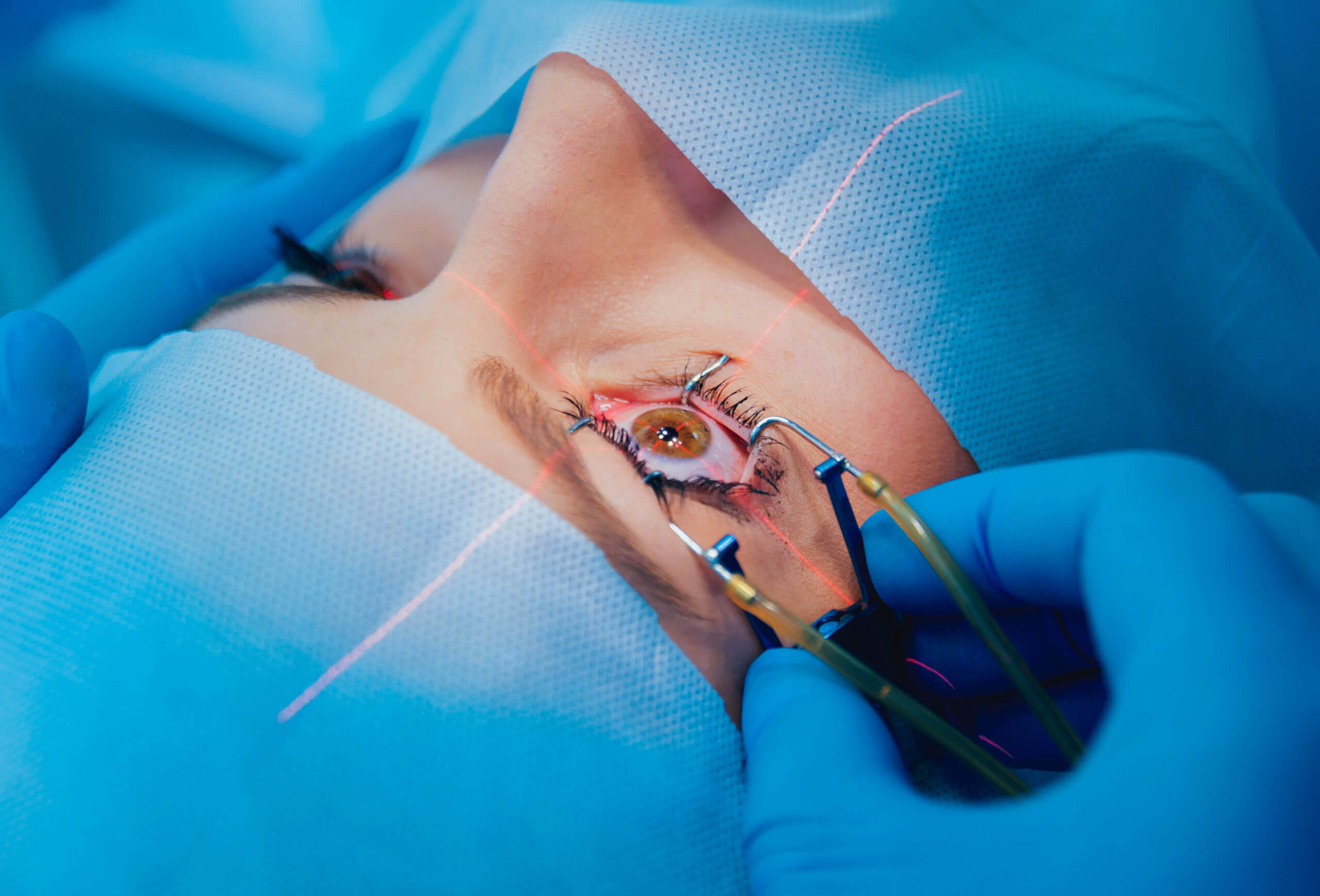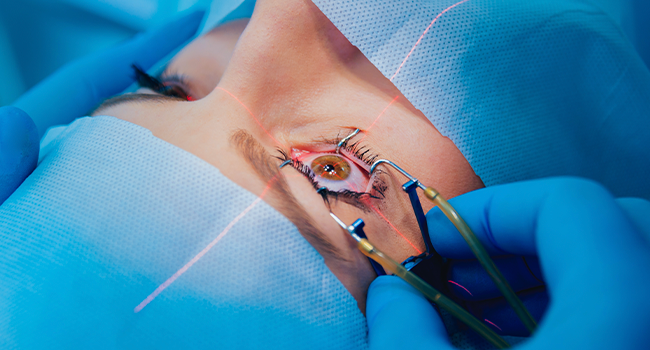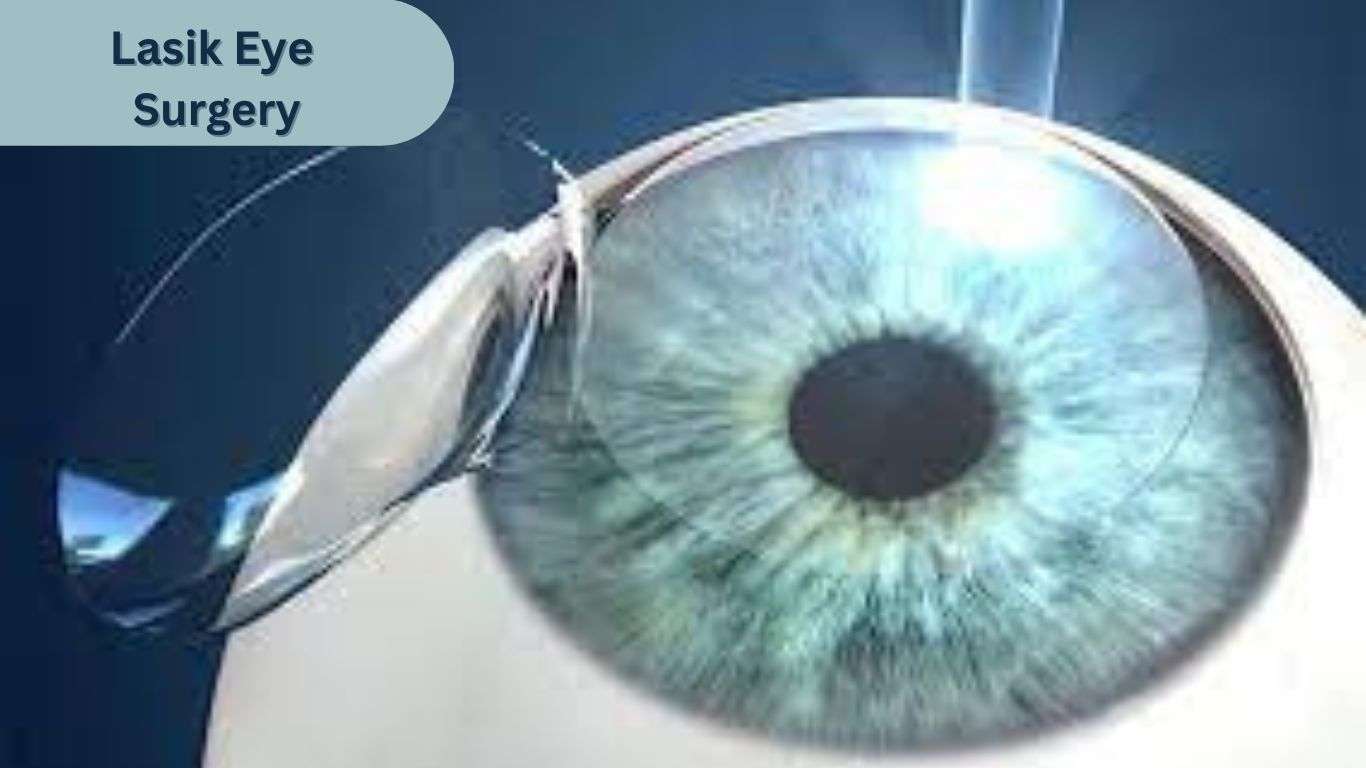Can Presbyopia Be Corrected with LASIK?
Lasik Surgery:- LASIK surgery is 100% bladeless surgery and uses an excimer laser for sensitivity, clarity, speed, and effectiveness. They begin by making a small hole in your corneal tissue through which comes the underlying tissue that needs to be modified. The hidden ultraviolet rays are used to redesign the tissue into the pre-planned shape that has been decided by your doctor before starting the treatment. After completing the surgery, the corneal flap is put back into its exact position. In this surgery, the blades were not used, and there were no cuts or any kind of stitches. The only thing you’ll require is arranging anti-inflammatory eye drops to prevent infection.
To maintain safety, state-of-the-art computer technology is used to monitor your eye problem to know that it does not move during the procedure. LASIK corrective eye surgery is one of the secure surgeries and the recovery rate of this surgery is higher than other surgeries, you recover very fast within two to three days after surgery and your eye problem will removed.

What is Presbyopia?
Presbyopia is an eye problem in which your eye slowly loses the ability to concentrate quickly on nearby objects. It’s a problem that affects everyone during the natural aging process.
Can Presbyopia Be Corrected with LASIK?
Presbyopia is an eye problem that occurs natural result of aging, and LASIK cannot always correct it properly. There is a special LASIK method, called monovision, which may help to treat presbyopia. Monovision cures farsightedness in the presiding eye and nearsightedness in the other eye. Correcting both eyes can help to maintain vision and remove vision issues. It is important to understand that monovision treatment is not always effective for the treatment of presbyopia problems. Prescription glasses and contact lenses can mainly help to correct vision problems like presbyopia. Bifocals are an excellent way to cure this condition.

Effective Solutions for Treating Presbyopia
- Reading glasses are the easiest and most common solution for presbyopia. These glasses can be worn as required for close-up tasks and come in different strengths and styles to suit different preferences and visual requirements.
- Progressive lenses, also called multifocal lenses, which is used for multifocal progression of magnifications to allow for clear vision at multiple distances. These glasses remove the requirement for separate reading glasses and have specialized prescriptions to meet individual vision needs. Bifocals are an example of multifocal glasses.
- Multifocal contact lenses are related to progressive glasses, providing zones for seeing near, intermediate, and distant objects. Monovision contact lenses are also an option: one lens supports distance vision in one eye, and the other allows for near vision. Some users may experience limited depth perception with these lenses.
Symptoms of Presbyopia
- The a need for more light when you’re reading.
- Blurred vision at a normal reading distance.
- They are required to grip reading material at arm’s length.
- Headaches from doing close work.
- Eye burden, which makes your eyes feel hurt or tired.




